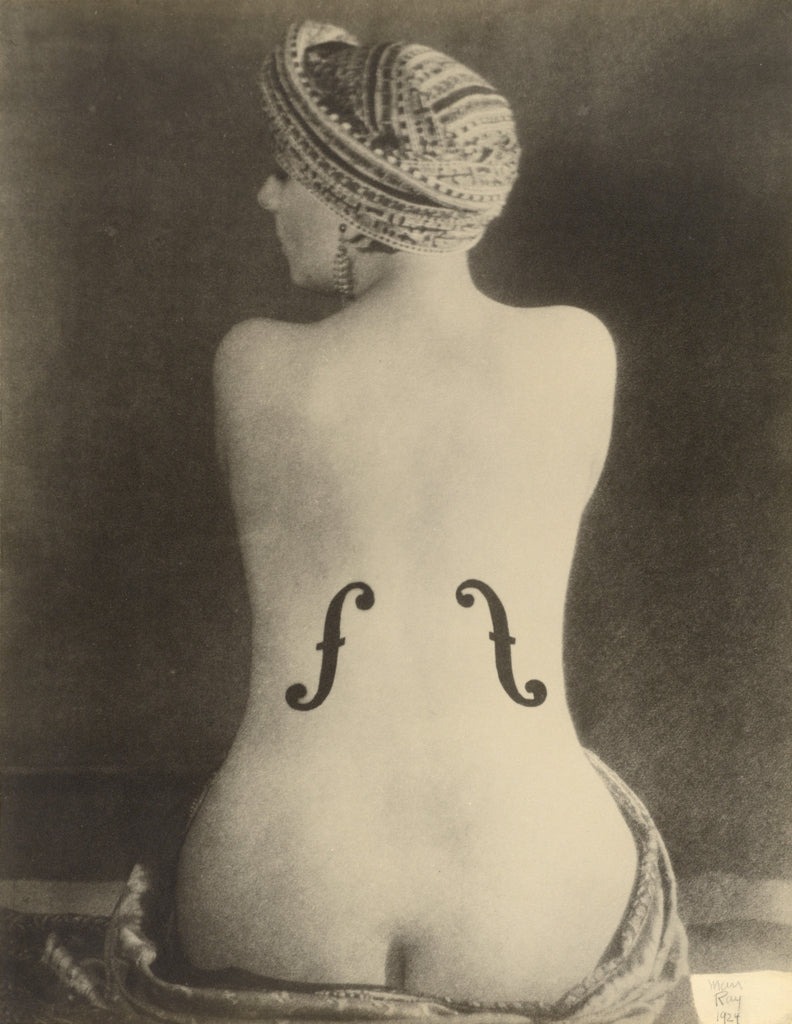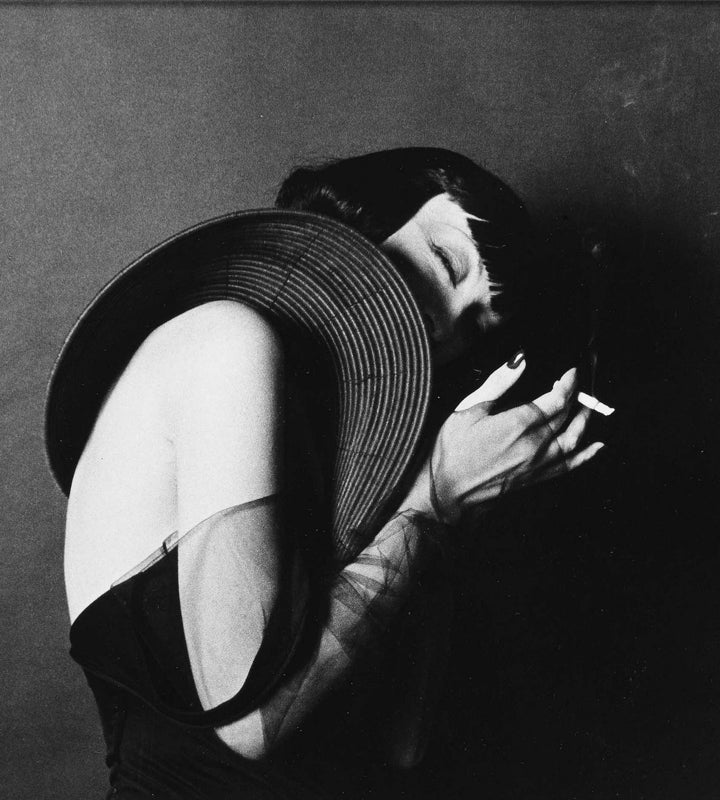Meet Our Muse: Kiki De Montparnasse, The Original Influencer

Man Ray’s 1924 photograph Le Violon d’Ingres—featuring a woman's nude back transformed into a violin with f-holes—is one of modern photography’s most iconic images. At auction in 2022, it sold for a record-breaking $12.4 million, surpassing the previous high of $4.3 million set by Andreas Gursky’s Rhein II. Named after the French artist Jean Auguste Dominique Ingres, the photo echoed Ingres’s Baigneuse de Valpincon, displayed at the Louvre.
There was, understandably, plenty of press fanfare around the Violon sale, but one detail was noticeably missing from many headlines like “Iconic Man Ray Photograph of Nude Woman”: the identity of said woman.
That back belonged to our muse, Kiki de Montparnasse. While the image itself has become an icon (inspiring future generations of artists and legions of copycat f-hole tattoos), the woman in it, while grossly overlooked in modern media coverage, was, in fact, already an icon when it was taken.

Born Alice Prin, Kiki moved to Paris at 12 and quickly became an integral part of Montparnasse’s artistic scene. She posed for notable artists like Alexander Calder and Amedeo Modigliani, but her most significant collaborations were with Man Ray. Their partnership was dynamic, blending artistic collaboration with a complex personal relationship, as noted by author Mark Braude in Kiki Man Ray. “Those images [of Kiki by Man Ray] are dynamic and alive because what they’re documenting are little pieces of theater, little performances and moments between them,” says Braude.
While Kiki’s legacy may be primarily wrapped up in the work of the artists who rendered her, she was so much more than what we see on their canvases. First and foremost, she was a cabaret performer. “People could not get enough of her,” says Braude. “She had this amazing, sexy charisma that was really electric. She was an artist in her own right, with a solo exhibition in 1927 selling out and her memoir, published in 1928, making headlines and getting banned in the US for its explicit content.
But beyond the scandal, her memoir also serves as a record of a woman who was in a great many ways far ahead of that time. Kiki crafted a life of unbridled freedom—sexually, intellectually, and creatively. “She sought pleasure, she sought to express herself, she sought to live a life unencumbered by people’s expectations,” says Braude. “She was doing this thing of telling a story about herself across various mediums for people to consume, in the same way that a reality star or influencer might do today,” says Braude.
For Kiki, just being herself was its own art form. For us, what's more inspirational than that?



